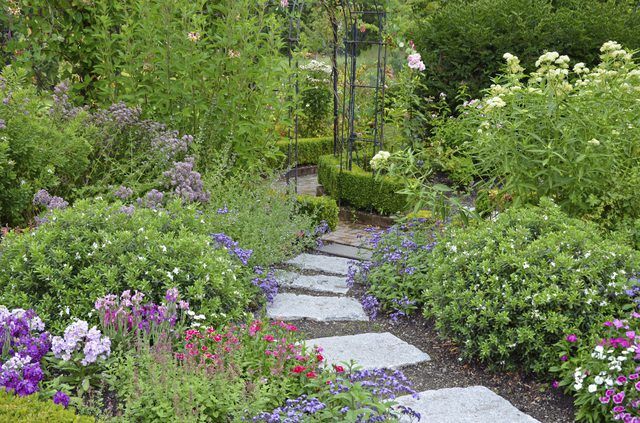Bulbs
Flower Basics
Flower Beds & Specialty Gardens
Flower Garden
Garden Furniture
Garden Gnomes
Garden Seeds
Garden Sheds
Garden Statues
Garden Tools & Supplies
Gardening Basics
Green & Organic
Groundcovers & Vines
Growing Annuals
Growing Basil
Growing Beans
Growing Berries
Growing Blueberries
Growing Cactus
Growing Corn
Growing Cotton
Growing Edibles
Growing Flowers
Growing Garlic
Growing Grapes
Growing Grass
Growing Herbs
Growing Jasmine
Growing Mint
Growing Mushrooms
Orchids
Growing Peanuts
Growing Perennials
Growing Plants
Growing Rosemary
Growing Roses
Growing Strawberries
Growing Sunflowers
Growing Thyme
Growing Tomatoes
Growing Tulips
Growing Vegetables
Herb Basics
Herb Garden
Indoor Growing
Landscaping Basics
Landscaping Patios
Landscaping Plants
Landscaping Shrubs
Landscaping Trees
Landscaping Walks & Pathways
Lawn Basics
Lawn Maintenance
Lawn Mowers
Lawn Ornaments
Lawn Planting
Lawn Tools
Outdoor Growing
Overall Landscape Planning
Pests, Weeds & Problems
Plant Basics
Rock Garden
Rose Garden
Shrubs
Soil
Specialty Gardens
Trees
Vegetable Garden
Yard Maintenance
How to Keep Pathway Materials in Place
Keep your pathway materials in place by providing a solid, well-braining bed and secure landscape edging.
The pathway is an important part of your garden, but you shouldn't have to work hard to maintain it. So, it's important to plan well so the materials you use to cover it stay where they are. Some materials may require edging and others may not, but all need a solid foundation to prevent settling. Proper drainage is also a plus -- it prevents water runoff from displacing your pavers, gravel or mulch.

Stones or Brick Pavers
Whether you install stepping stones or brick pavers, your pathway is more likely to stay level if you lay down a bed of drainage rock. Otherwise, pooling water can carry away material from between the stones or pavers, and they can slide.
Step 1
Dig out your pathway, using a shovel or soil rake, to provide space for the drainage rock. In most cases, a 4-inch bed is thick enough, but you may want to make it thicker if the soil underneath is full of clay and drains poorly. Dig the bed 6 to 8 inches deep to accommodate the drainage rock as well as the sand you need to support the stones or pavers.
Step 2
Lay a 3- or 4-inch drainage pipe down the center of the pathway to improve drainage if the pathway edges are on or below grade -- at the same level as the ground or below it -- and the soil drains poorly. If the level of the pathway is above grade, water will probably drain off the edges, so the pipe isn't needed.
Step 3
Cover the rock with a 2-inch or thicker layer of sand to provide firm support for stepping stones or paving bricks. After you place the pavers, keep them from moving around by filling in between them with sand. Another option that works well with natural stones is to fill the spaces between them with soil and plant grass.
Mulch and Gravel Pathways
You may be using gravel or mulch to create an attractive informal pathway that meanders through your garden or provides access to your raised beds. Both of these materials are easily displaced by foot traffic and water runoff, and can be lost into uncovered soil. You can prevent this, provide a barrier of landscape fabric and install edging.
Things You'll Need
Hoe
Shovel
Rake
Step edger
Landscape edging
Landscape fabric
Stakes
Step 1
Dig the pathway about 2 to 4 inches below grade, using a hoe, shovel and soil rake. Remove any stones or roots in the ground and level the soil with the rake to prevent water from pooling in depressions.
Step 2
Form the edges of the pathway with a step edger. Install landscape edging to contain the mulch or gravel if the level of the path is at or above grade. Use edging material wide enough to extend 2 or 3 inches above grade. Among the choices of material are vinyl, wood bender board, bamboo and edging pavers.
Step 3
Lay landscape fabric on the bed of the pathway and stake it down with galvanized steel stakes, spacing the stakes about 12 inches apart. The fabric should be cut wide enough to extend an inch up the sides of the edges of the path to prevent material from being lost.
Tip
If you're using gravel to cover your pathway, choose mid-size angular rock. It locks together and stays in place better than pea gravel.